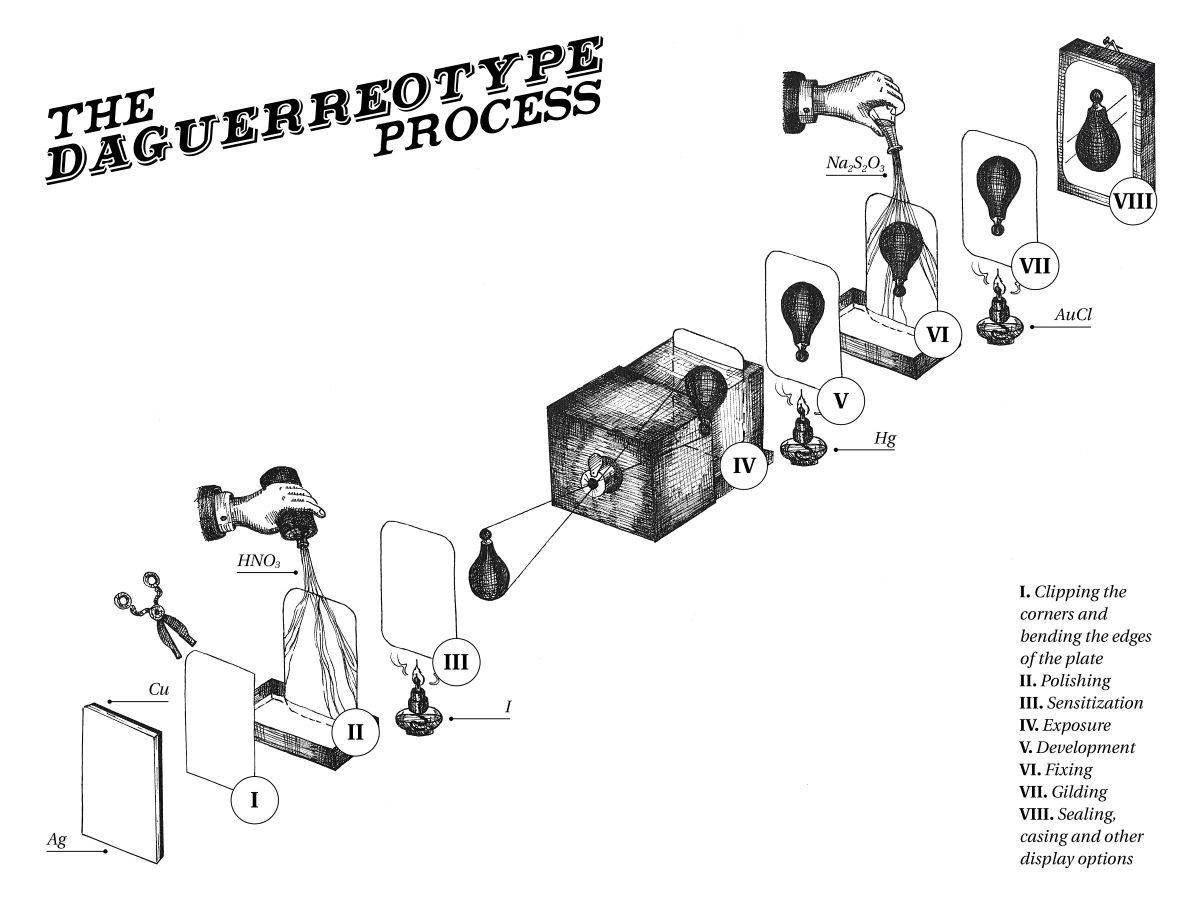Photography means "to draw with light." It is derived from the Greek words photos, meaning "light," and graphos, meaning "drawing."
We celebrate World Photography Day every year on August 19, the day in 1839 when the French Academy of Sciences announced the patent for the daguerreotype to the world. Invented by Louis Daguerre, it was the first publicly available photographic process. The daguerreotype used polished sheets of silver-plated copper, a long exposure, and chemical treatment to produce a vague image. Sharing this invention with the world led to the evolution of photography as we know it. These days, every smartphone has a camera and the invention of photography is very much taken for granted.
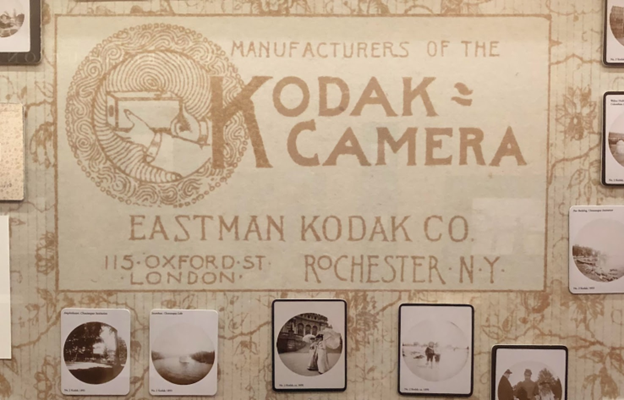
Invention of the Kodak Camera
By the 1880s, film had moved away from being captured on expensive metal and glass to a more affordable paper-based process. The result made photography much more attainable for the general public. George Eastman was an early innovator of the film camera. He coined the slogan, "You press the button, we do the rest," and within a year it became a well-known phrase. He created “the Kodak,” which was launched publicly in the summer of 1888. He received a patent (number 388,850) for the camera’s shutter and the trademark (number 15,825) for the Kodak name on September 4, 1888. Pre-loaded with enough film for 100 exposures, the Kodak could be easily carried and handheld during operation. After exposure, the whole camera would be mailed to Rochester, NY. There, the film was developed, prints were made, and the film was inserted and sent back to the owner. Thanks to his invention, pictures could be taken with a handheld camera simply by pressing a button.
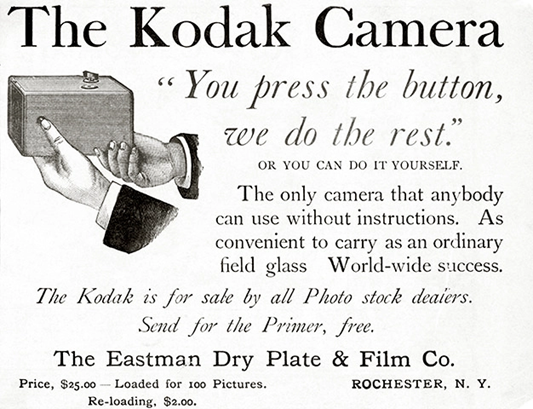
Making a Research Appointment
In the Spring of 2024, I visited the house and museum of George Eastman, the founder of the Eastman Kodak company. As a teen, I always had a roll of Kodak film in my pocket and my Pentax K1000 around my neck ready to snap a photo, so this was a bucket-list trip. As a Special Collections librarian in the Print and Picture Collection at the Free Library of Philadelphia, I know that things you want to see aren’t always on display, but that individual research appointments are usually available. The George Eastman Museum (GEM) offers researchers, students, and scholars the opportunity to study primary source materials from their unparalleled collections. I made a research appointment three weeks in advance via email. By browsing through their digital collections, I compiled a list of photographs by Bea Nettles, Margaret Bourke-White, Man Ray, André Kertész, Philippe Halsman, and Toni Frissell that I was excited to view.
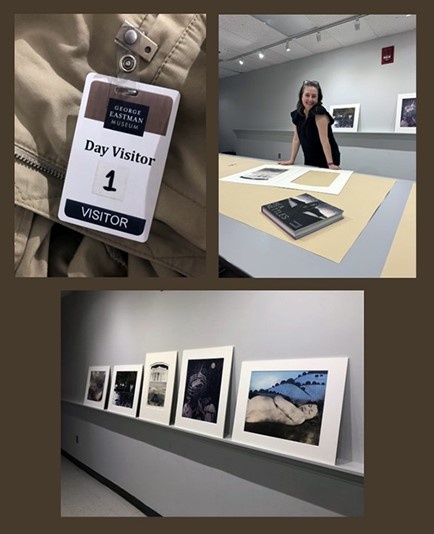
My research appointment at GEM was incredible. I checked in for my scheduled 10:00 a.m. appointment and was issued a visitor pass. A staff member escorted me through the museum and several floors down to the research center. A cart of archival boxes full of my requested images was ready for me. A research assistant switched out the original photographs on the photo rail for me until I had seen each print.
Touring the House and Museum
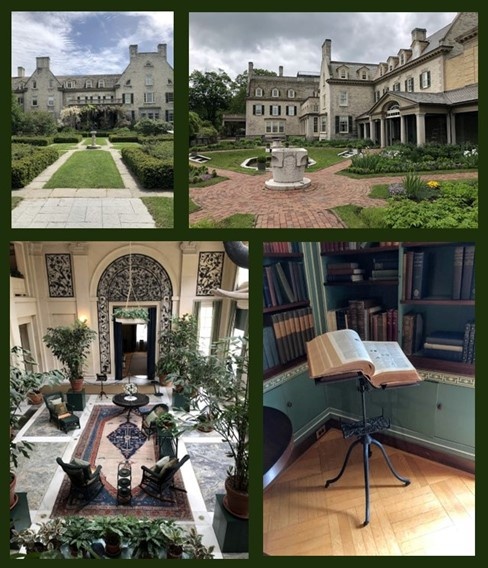
After my appointment, I was so overwhelmed, that I decided to come back the following day to tour the house and museum. George Eastman was an entrepreneur, a philanthropist, and the pioneer of popular photography and motion picture film. His Colonial Revival-style home on East Avenue in Rochester was completed in 1905 and was his primary residence until he died in 1932. The grounds are gorgeous and the house is filled with personal effects. When the George Eastman Museum opened in 1949, it was one of only two American museums with a photography department and a film department (the Museum of Modern Art also had both). Today, visitors to the George Eastman Museum can view at least three temporary exhibitions on photography. When I visited, one of the exhibits was Crashing into the 60s: Film Posters from the Collection.
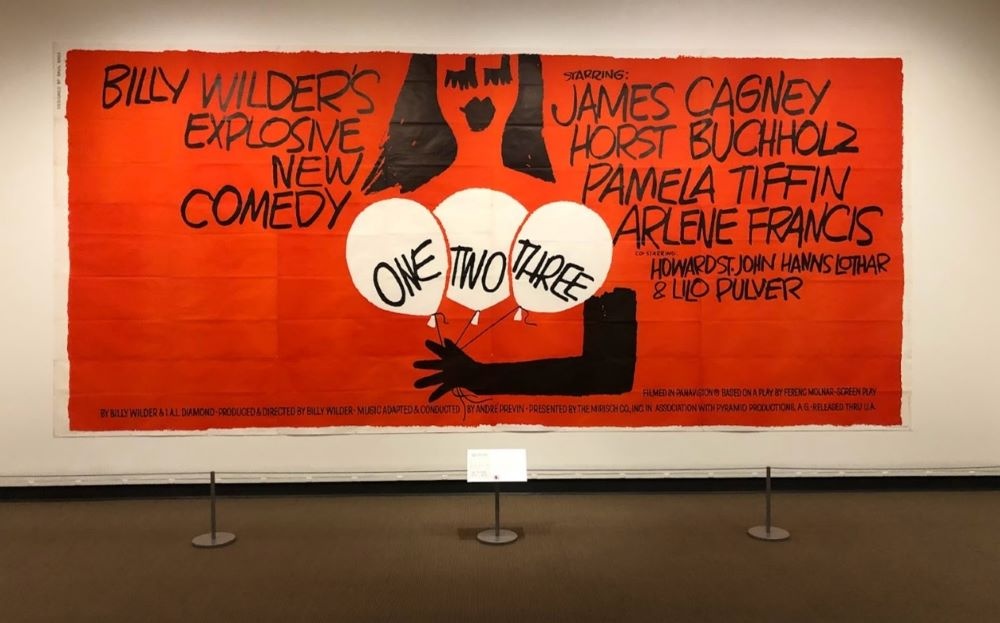
Visiting the Print and Picture Collection
Here at the Free Library of Philadelphia, the Print and Picture Collection (PIX) has a comprehensive collection of photographic methods, including daguerreotypes, albumen prints, stereoviews, tintypes, and photographic prints by local and internationally-known photographers. You can check out our digital collections or contact us at erefpix@freelibrary.org to schedule a research appointment a few weeks in advance.
In addition, throughout the year PIX often has special programming in the evenings. On Tuesday, August 27, we are collaborating with the Art Department for a special meeting of their Photo Club. Visitors will gather in the Art Department at 5:30 p.m. and then come to PIX to view highlights from and learn about the collection.
Have a question for Free Library staff? Please submit it to our Ask a Librarian page and receive a response within two business days.

